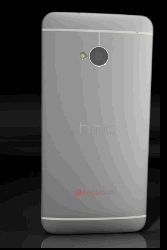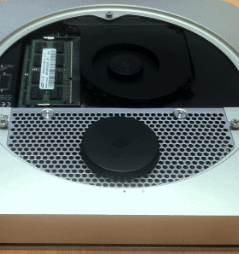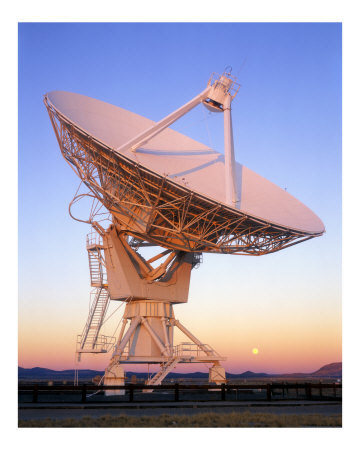|
The work on this website is copyrighted. It is ok to reference the site material online with an
appropriate link to the site, or proper citation if in print form.
Copyright 2009-2025 Antenna-Theory.com.
Teoría de la antena en Español 天线理论(中文)
Check out this Fourier Transform website:
Fourier Transforms
About this Site: Antennas and Antenna Theory has always been a fascinating subject for me,
and it is this excitement that leads me to present this tutorial.
In my life, I have found that once I thoroughly understand a subject, I am amazed at how simple it seems,
despite the initial complexity. This I have found true for a wide range of activities, be it riding a motorcycle,
learning about antennas, or understanding physical phenomena such as electromagnetics.
With that in mind, I endeavor to write this Antenna Theory website in the simplest of all possible manners.
Specifically, consider this statement:
Complexity is not a sign of intelligence; simplify. I have found this to a priceless amount of wisdom.
In that regard, one need not know the intricacies of Lebesgue integration or complex
integrals involving Cauchy residues in order to fully understand Antenna Theory.
In fact, most people who focus on the mathematical intricacies of
Maxwell's Equations
tend to be poor practicing antenna engineers (probably because they try to
write code or derive integrals instead of put a product together).
The subject of Antennas is best understood intuitively; this is in stark contrast to the methods in University, where
complex math pervades every page. I do not think this approach effectively teaches antenna theory.
In these pages you will not find rigorous mathematical analysis which only apply in the simplest
of antenna cases (and are ultimately artificial
for the real world); I will try to state facts and a minimum of math except where necessary. I also try to avoid making
things unnecessarily complicated. For instance, VSWR
stands for Voltage Standing Wave Ratio, and sounds very complicated. But it is simply a measure of how much power is reflected
from an antenna. Avoiding unnecessary complexity is a lifelong goal of mine.
About me:
I am a practicing antenna engineer, with a PhD in antennas and I have worked for many years in defense,
university and the consumer electronics field as an antenna engineer, having worked at places including Boeing, Apple and
Google. I used antenna knowledge specifically as the guiding principal behind the
Power Mole, a wireless power device for powering outdoor devices via indoor outlets.
My PhD dissertation in pdf form is available here:
Antenna Arrays: Performance Limits and Geometry Optimization.
| 



